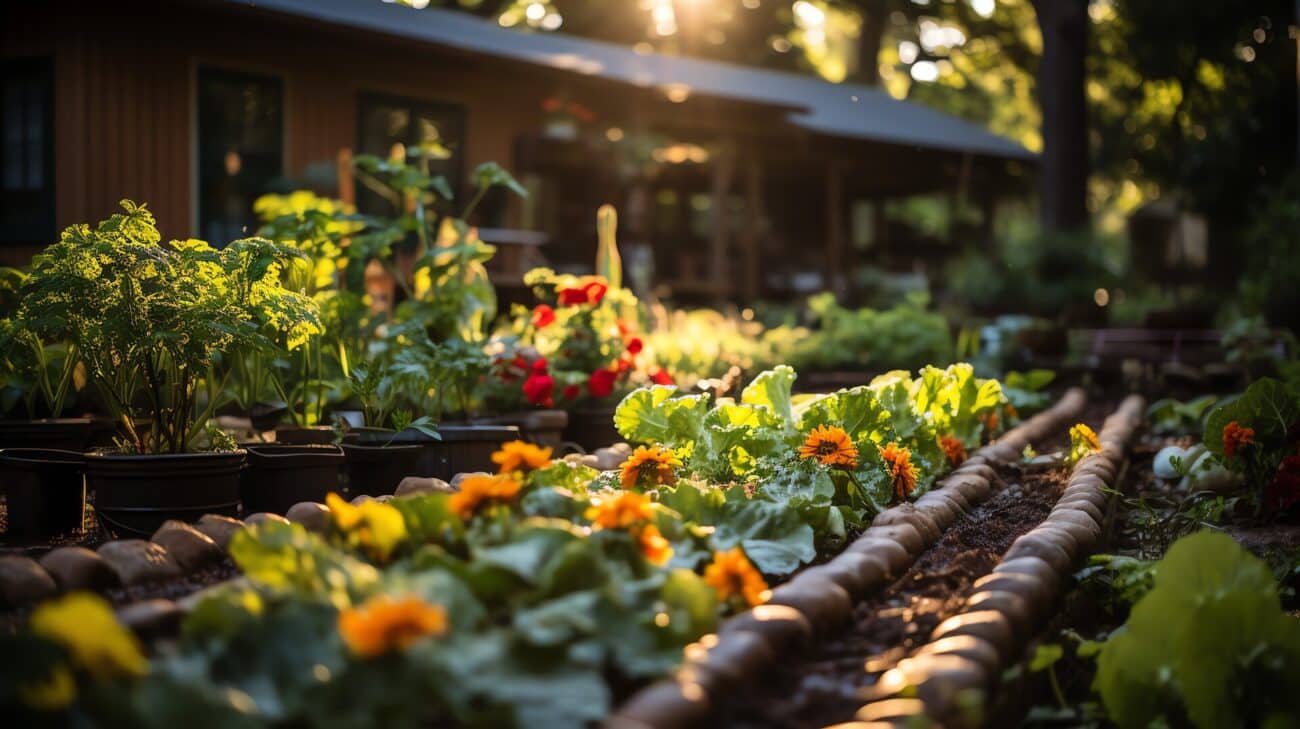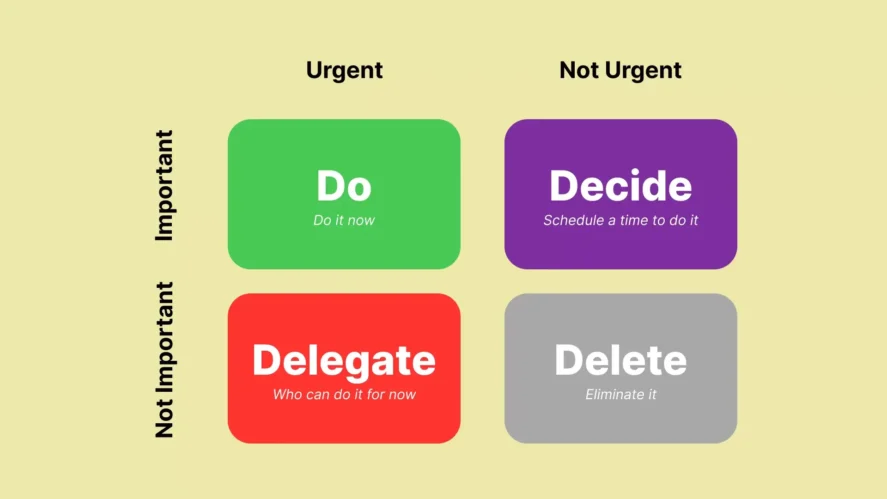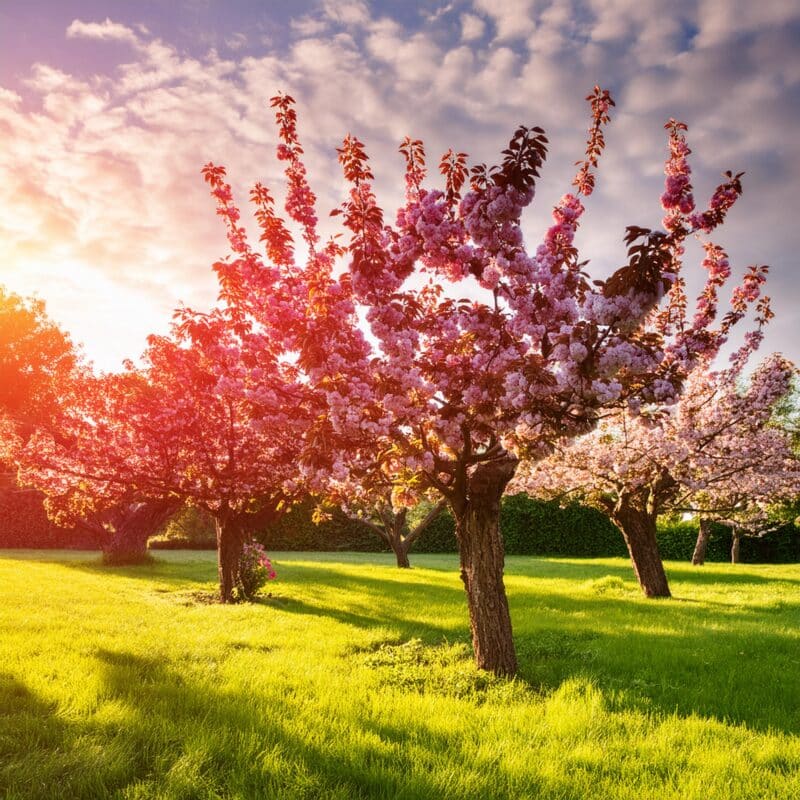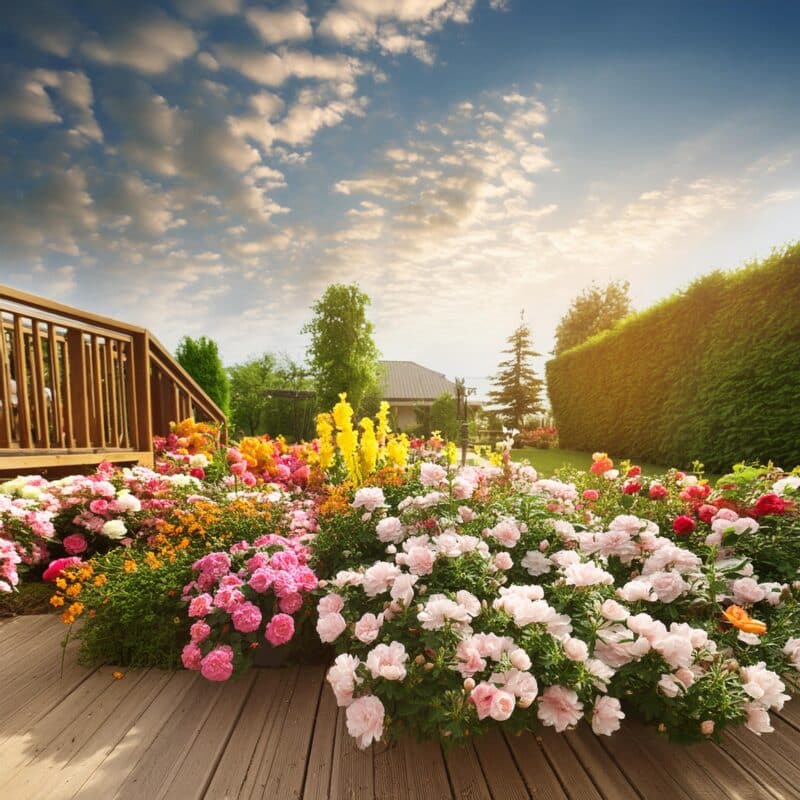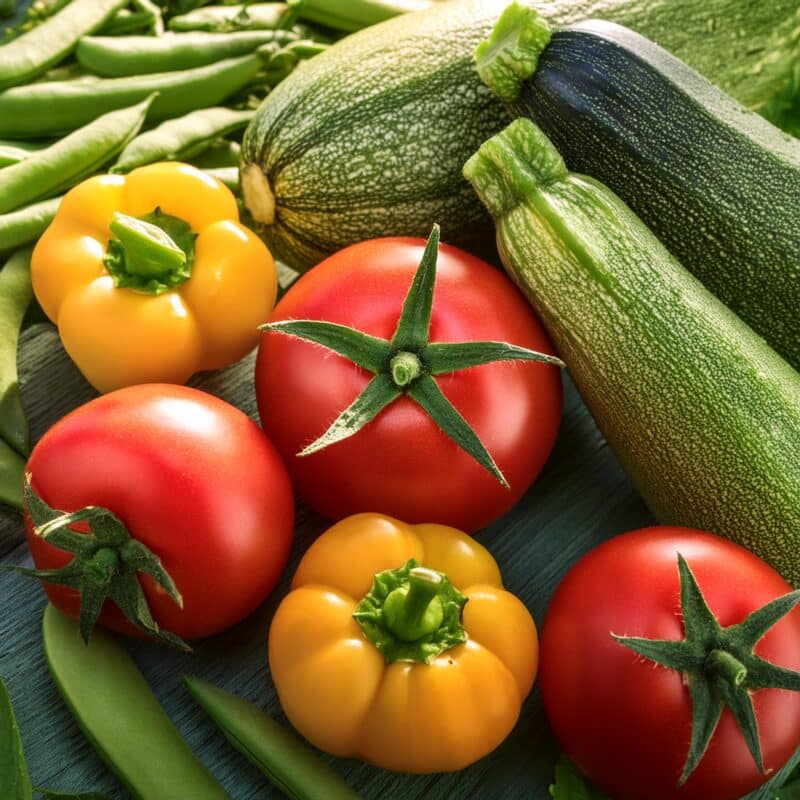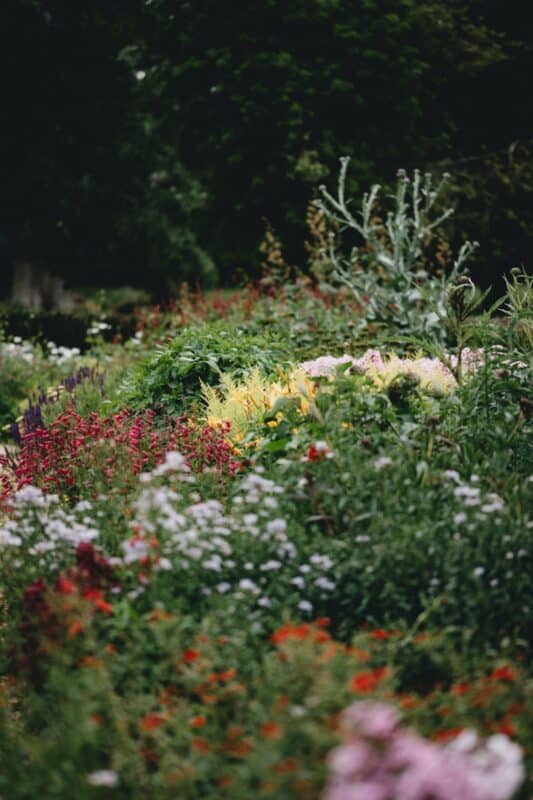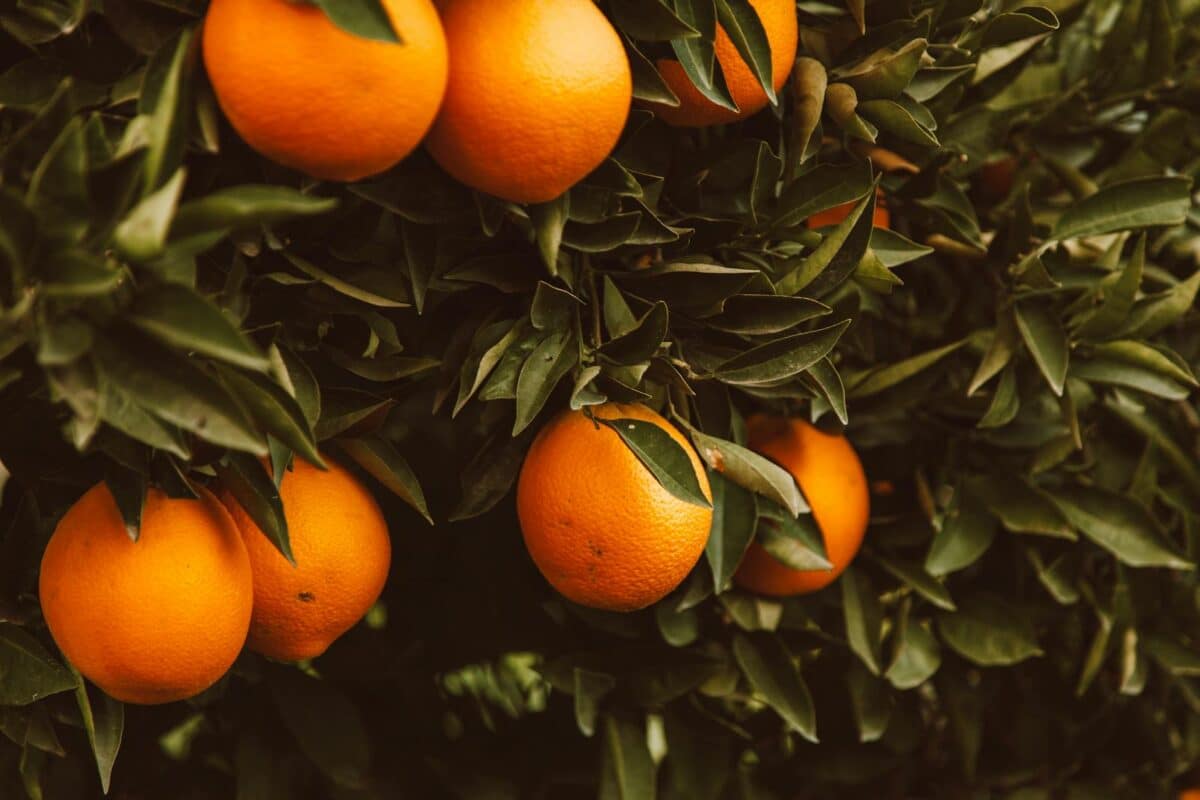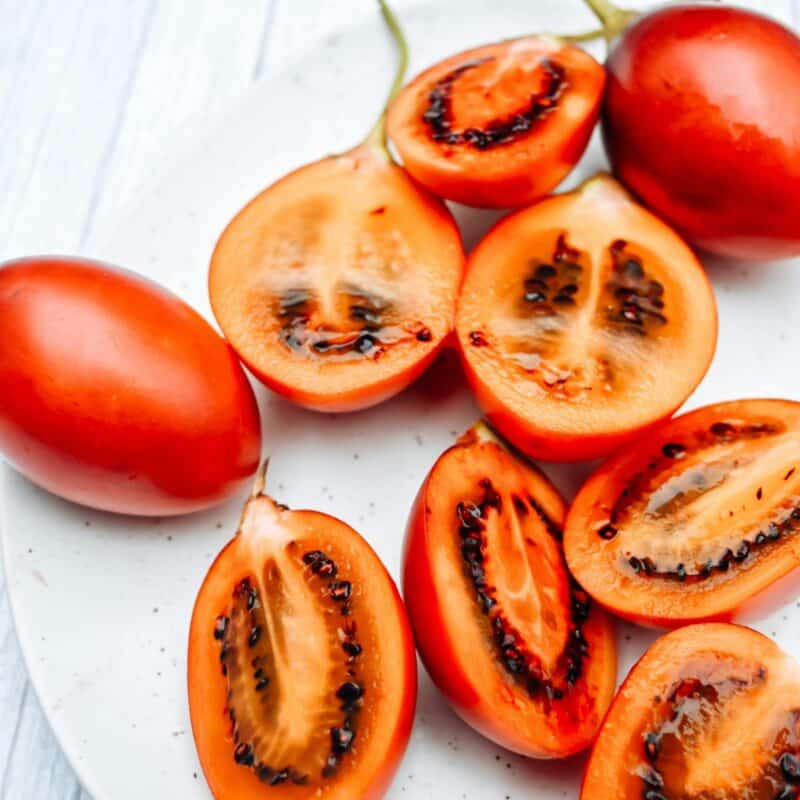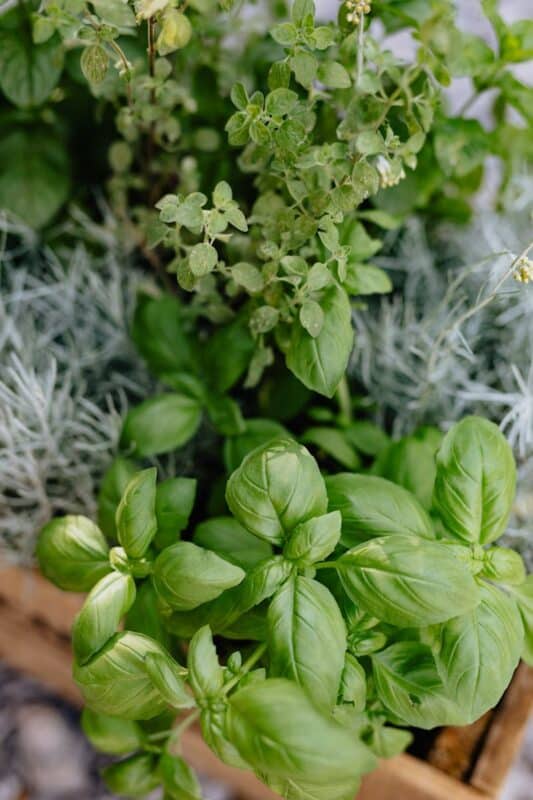-
Troppo Plant & Garden Articles
- Te Puke Region
- TROPPO’s Food Forest in Te Puke, BOP (www,foodforest.org.nz)
- Troppo’s Plant Collection
- TROPPO's Nursery Directory
- Food Forests of New Zealand (www.foodforests.nz)
- Nursery Map - Plant Suppliers of NZ Directory (www.nurserymap.nz)
- Kids Garden Corner
- New Zealand Garden Bird Survey
- New Zealand Garden Groups
- Delicious Recipes
Which Potato varieties are indeterminate and determinate?
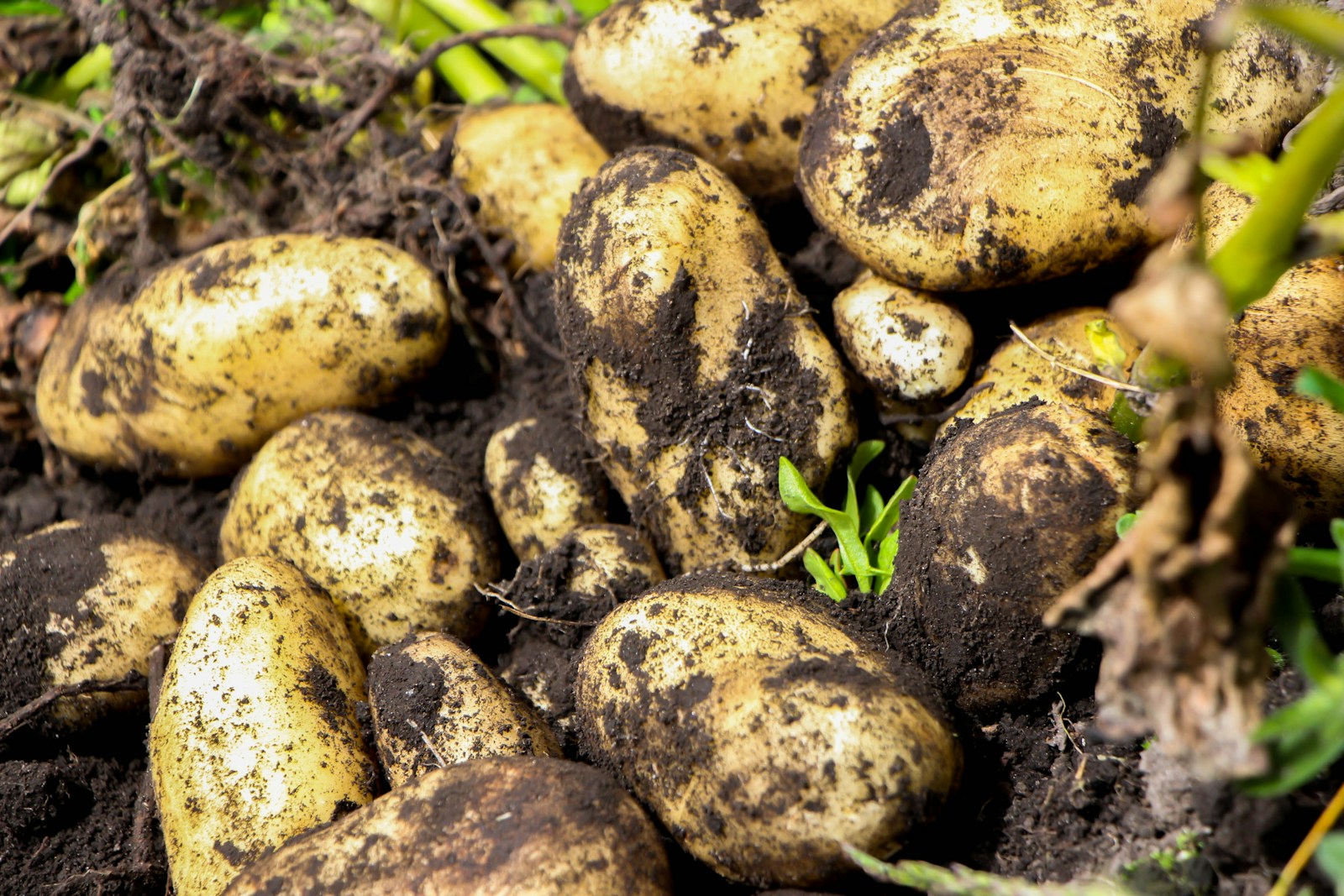
Question. Hi, which potatoes are indeterminate, these are best container ones as they make more potatoes as soil is mounded and added. Also the determinate ones don’t need mounding up, this would save on buying vegetable mix to know this. I grow on an old riverbed and for me indeterminate potatoes give best yield for effort.
Answer. Growing potatoes in containers is a fantastic way to maximize space and ensure a bountiful harvest. Indeterminate potatoes, also known as late-season potatoes, are ideal for this method because they continue to produce tubers as you mound up the soil. Understanding which varieties are indeterminate will help you achieve the best yield. Here’s a guide to help you choose the right indeterminate potato varieties for your container garden.
Why Choose Indeterminate Potatoes?
Indeterminate potatoes have several advantages for container growing:
- Extended Growing Season: They continue to grow and produce new tubers over a longer period.
- Increased Yield: As you add soil and mound up, indeterminate potatoes form new layers of tubers, potentially increasing your overall harvest.
- Efficient Use of Space: Growing vertically in containers allows you to maximize limited space, making it perfect for small gardens or urban areas.
Indeterminate Potato Varieties
Here are some popular indeterminate potato varieties that are well-suited for container growing:
- Russet Burbank: A well-known variety with high yields and excellent storage qualities. Ideal for baking and frying.
- Kennebec: A versatile potato with smooth, white skin and good disease resistance. Great for mashing and frying.
- Nicola: A yellow-fleshed potato that is resistant to many common potato diseases. It has a waxy texture, making it perfect for salads and boiling.
- German Butterball: Known for its rich, buttery flavor and yellow flesh. Excellent for roasting and mashing.
- All Blue: A unique variety with blue skin and flesh. It adds color to your dishes and is great for baking and frying.
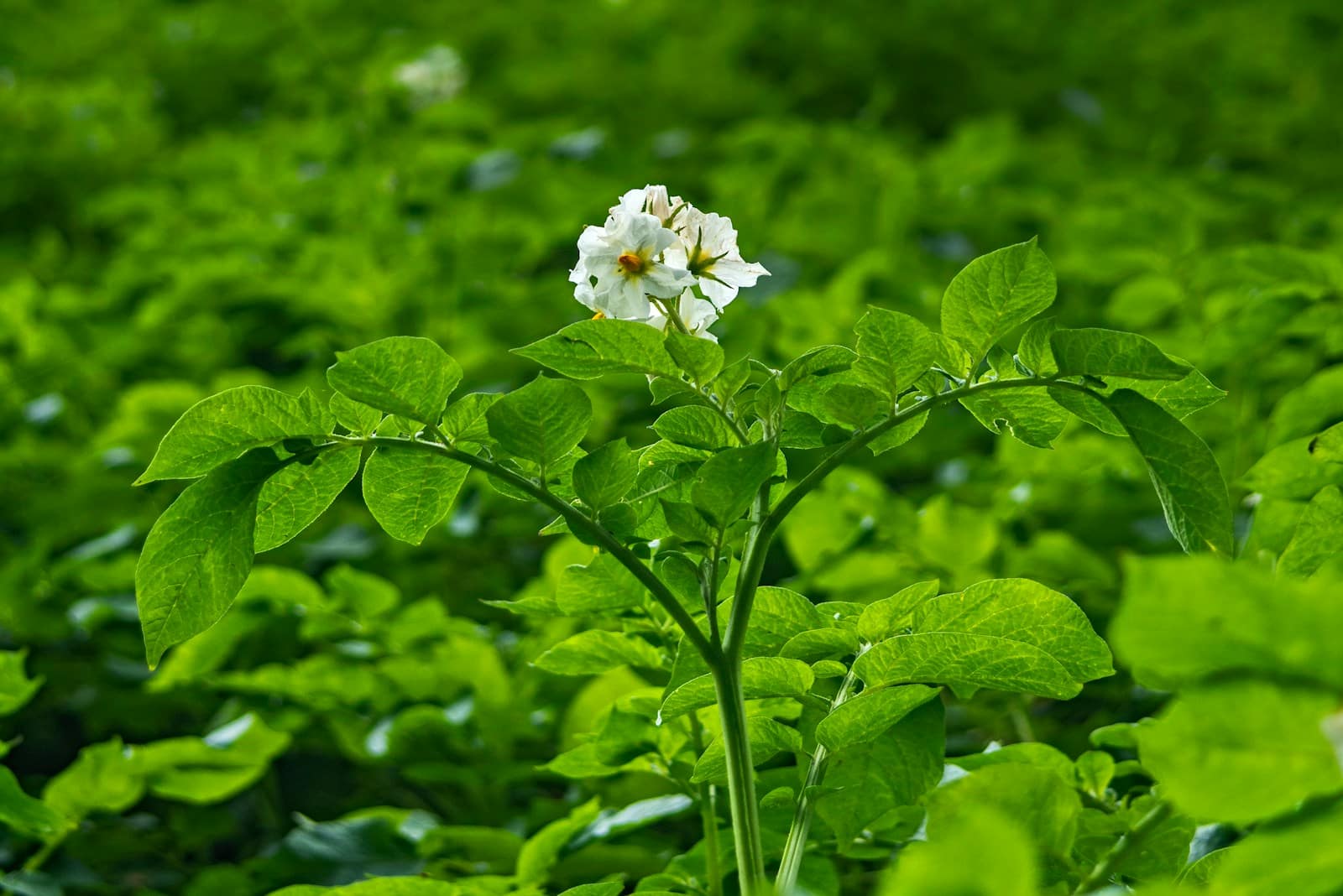
Photo by Lucas van Oort on Unsplash
Growing Indeterminate Potatoes in Containers
Here’s a step-by-step guide to growing indeterminate potatoes in containers:
1. Choose the Right Container
Select a container that is at least 12-15 inches deep and wide. Ensure it has good drainage holes to prevent waterlogging.
2. Prepare the Soil
Fill the container with a high-quality vegetable mix or a blend of compost, garden soil, and sand. Start with about 6 inches of soil in the bottom of the container.
3. Plant the Seed Potatoes
Place the seed potatoes (with at least one eye) on the soil surface, spacing them about 6 inches apart. Cover them with 3-4 inches of soil.
4. Water and Care
Water the container thoroughly and keep the soil consistently moist but not waterlogged. Place the container in a sunny spot where the plants will receive at least 6-8 hours of sunlight daily.
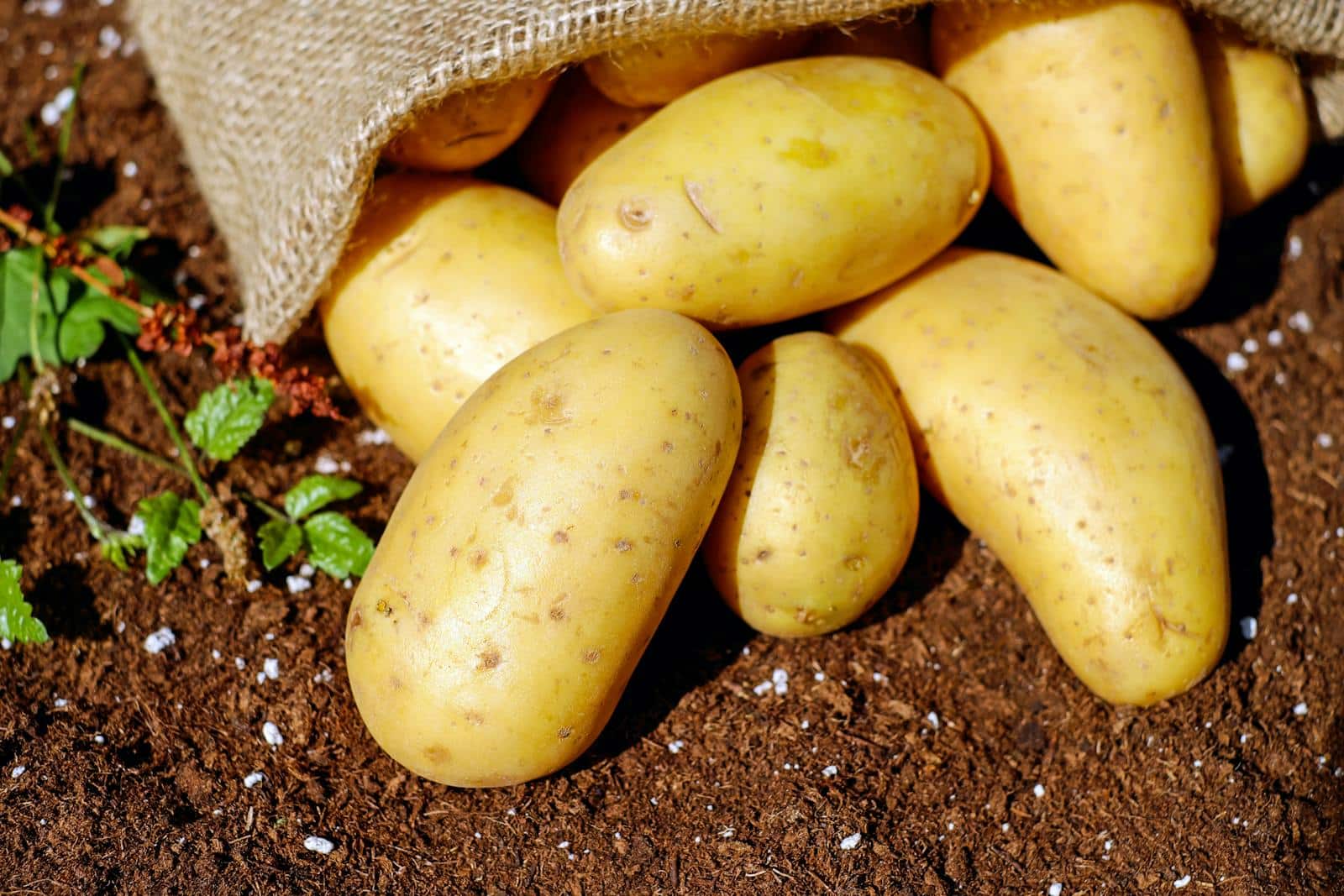
5. Mound Up
As the potato plants grow, add more soil or vegetable mix to cover the stems, leaving the top few inches of the plant exposed. Repeat this process until the container is full.
6. Harvest
Indeterminate potatoes are ready to harvest when the plants begin to yellow and die back, usually 90-120 days after planting. Carefully dig through the soil to collect your potatoes.
Conclusion
By choosing indeterminate potato varieties like Russet Burbank, Kennebec, Nicola, German Butterball, and All Blue, you can maximize your yield and make the most of your container garden. Following the steps for proper planting, mounding, and care will ensure a successful and bountiful potato harvest.
Happy gardening, and may your potato harvest be plentiful!

